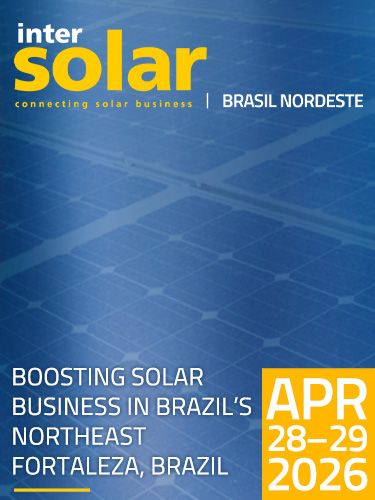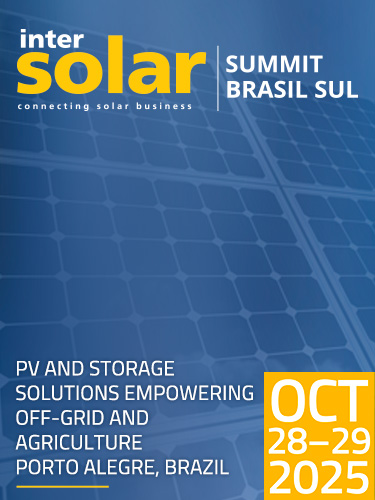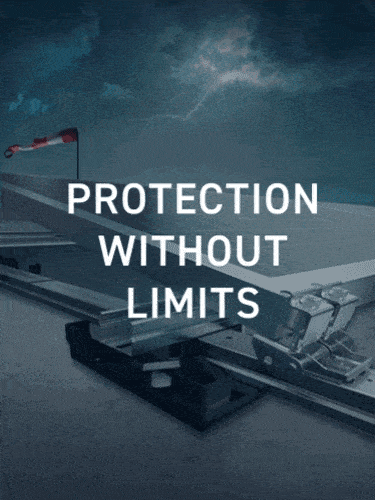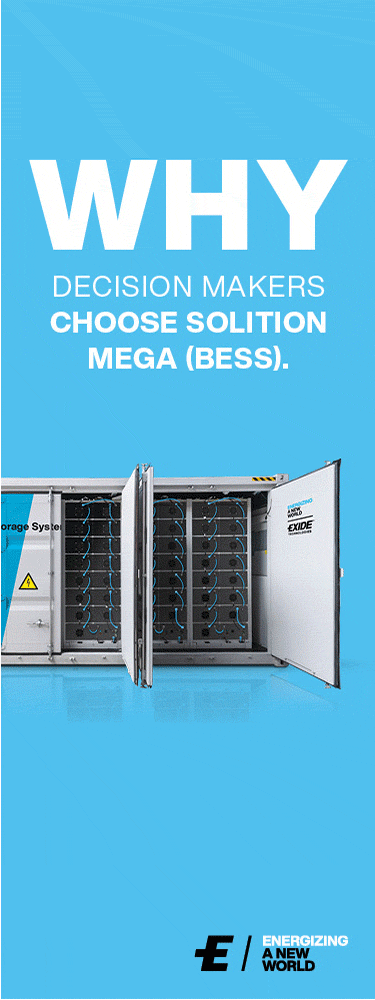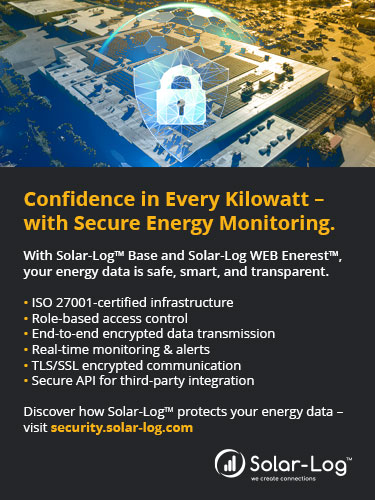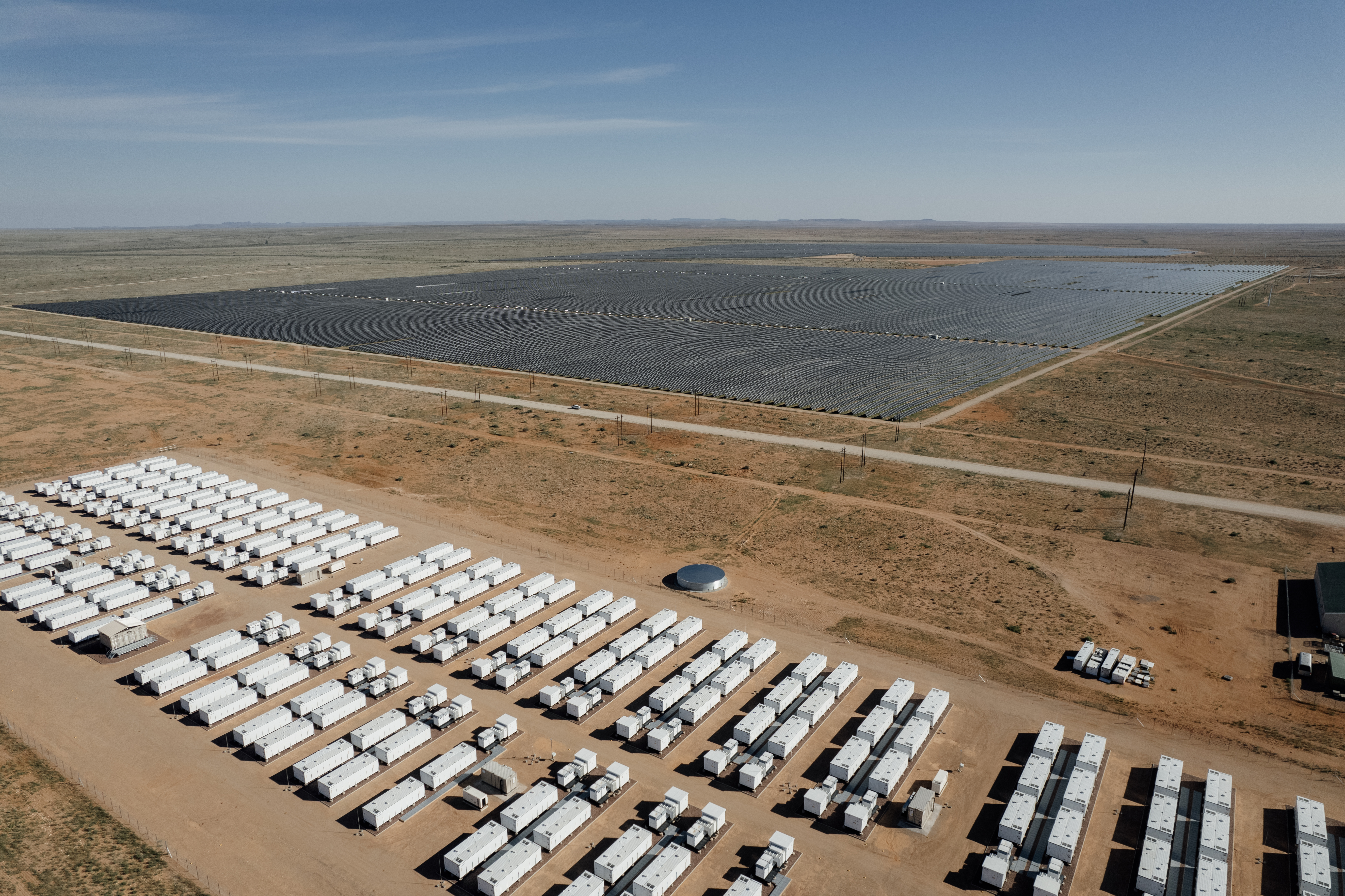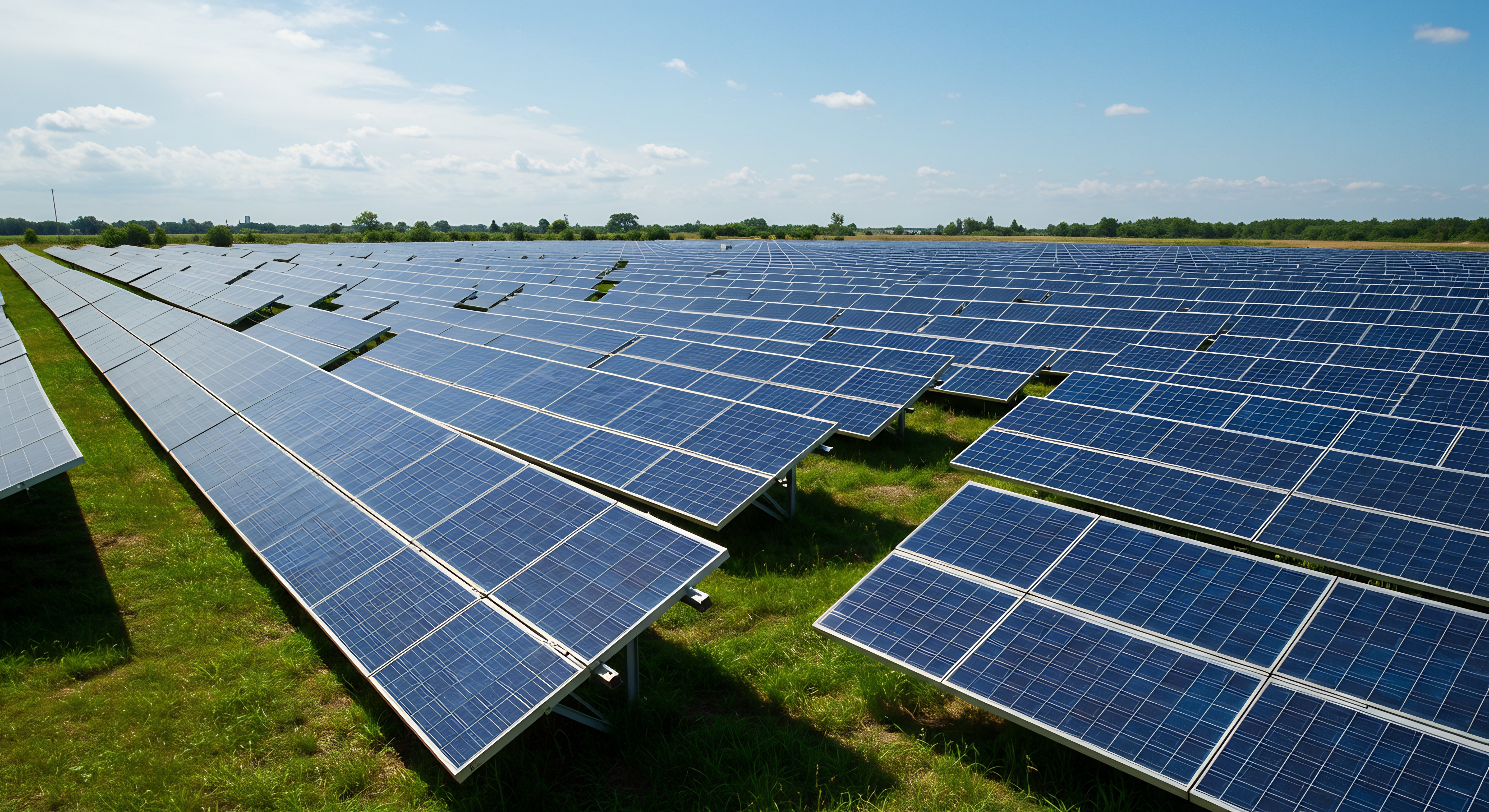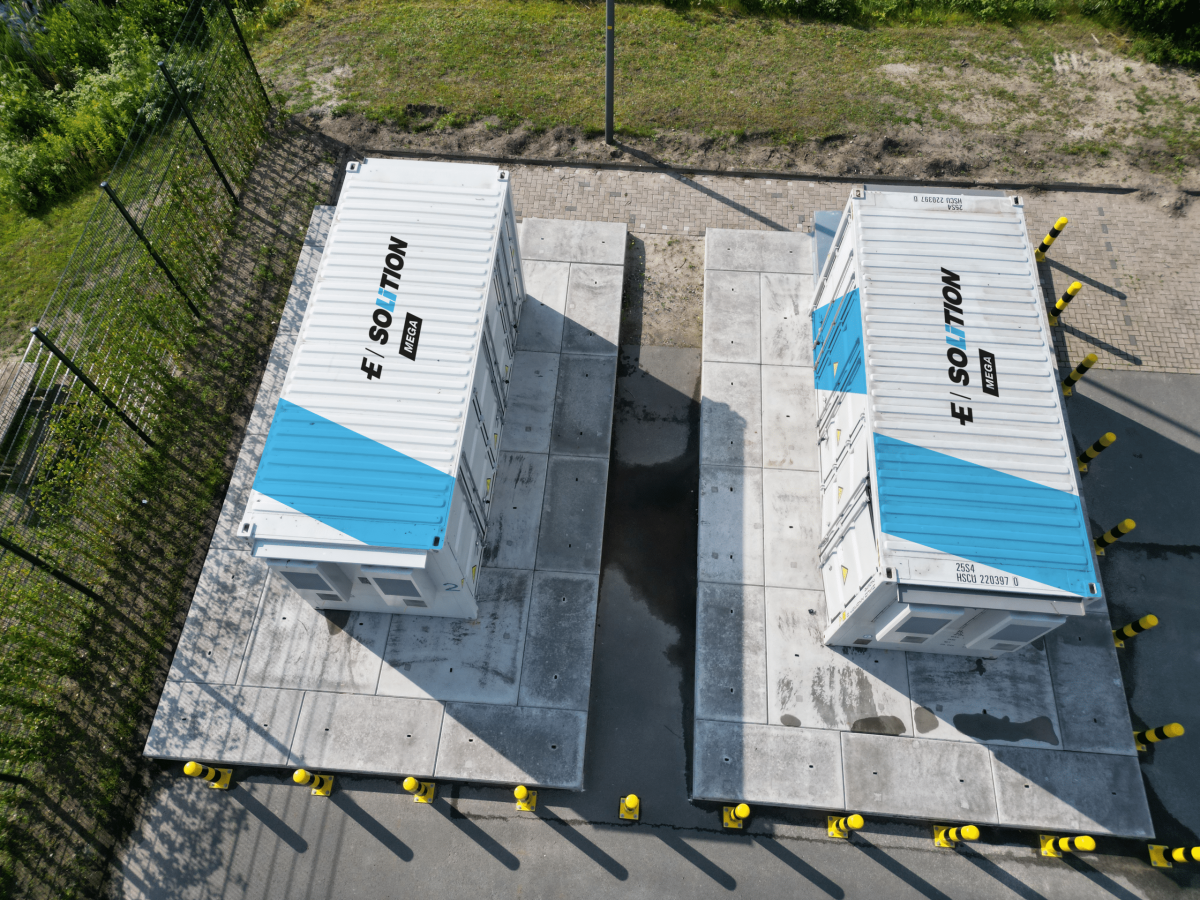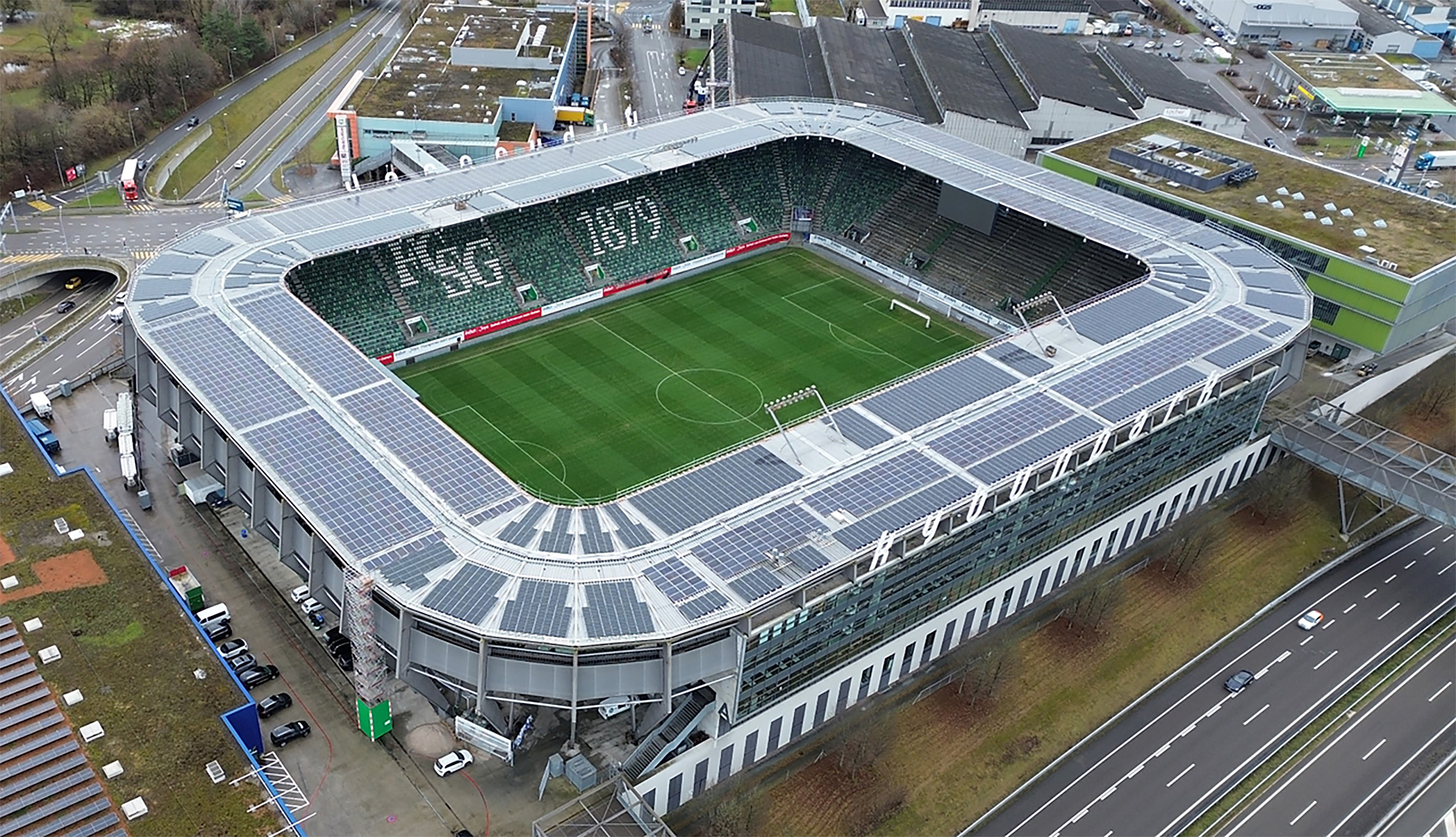Exclusive Articles
UV-induced degradation of n-TOPCon and other PV cell technologies
Published in: Solar, Think Tank, Exclusive Articles
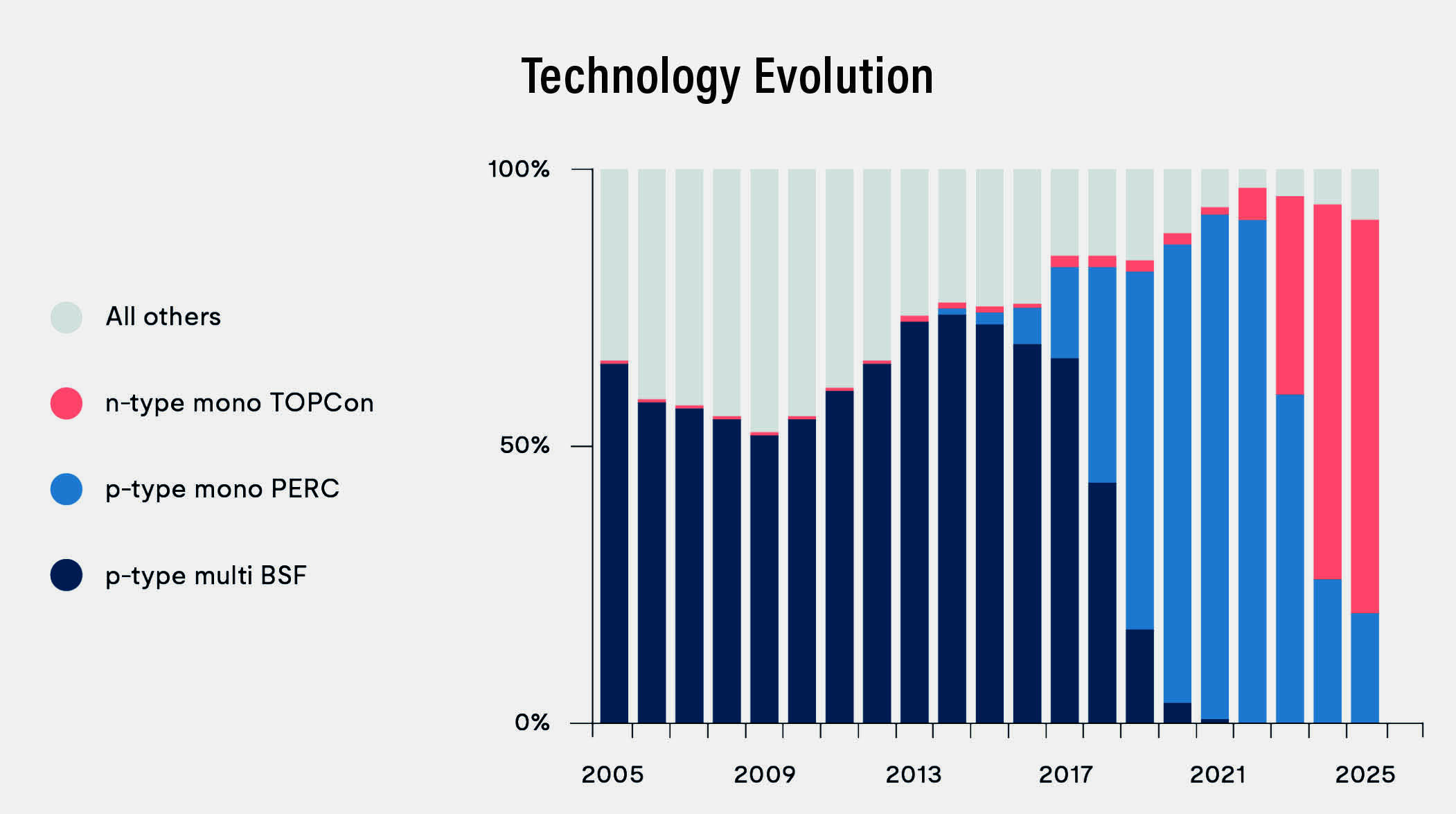
As n-type tunnel oxide passivated contact (n-TOPCon) photovoltaic (PV) cell technologies gain widespread adoption due to their high initial efficiencies, a critical reliability concern is emerging: ultraviolet (UV)-induced degradation (UVID). This article offers a clear assessment of UVID, its impact on n-TOPCon and other advanced PV cell architectures, and the associated technical and financial risks facing manufacturers, developers, and investors. Drawing on field data, peer-reviewed research, and technical insights from UL Solutions, it outlines current mitigation strategies, recommended UV testing practices, and key factors influencing long-term PV system performance.
As UVID remains a relatively new and actively evolving area of research, this article will be regularly updated by UL Solutions to reflect the latest scientific developments. Readers are encouraged to revisit our website periodically for the most up-to-date information on this important industry challenge.
In recent years, n-type PV technologies have gone from 0% market share to an astonishing nearly 70%, as p-type passivated-emitter rear contact (p-PERC) PV cell manufacturing lines continue to transition to produce mostly n-TOPCon PV cells. As always, with new PV technologies, new challenges and risks arise.
The value of a PV module is directly related to its initial power rating. Modules with high initial efficiency benefit the PV module manufacturers; however, it is only a benefit to consumers if the degradation of the module efficiency over time is predictable and as small as possible. While n-TOPCon clearly demonstrates high initial efficiency, the question remains: how durable is the performance of n-TOPCon modules over time in outdoor operation?
To read the full content, please download the PDF below.
